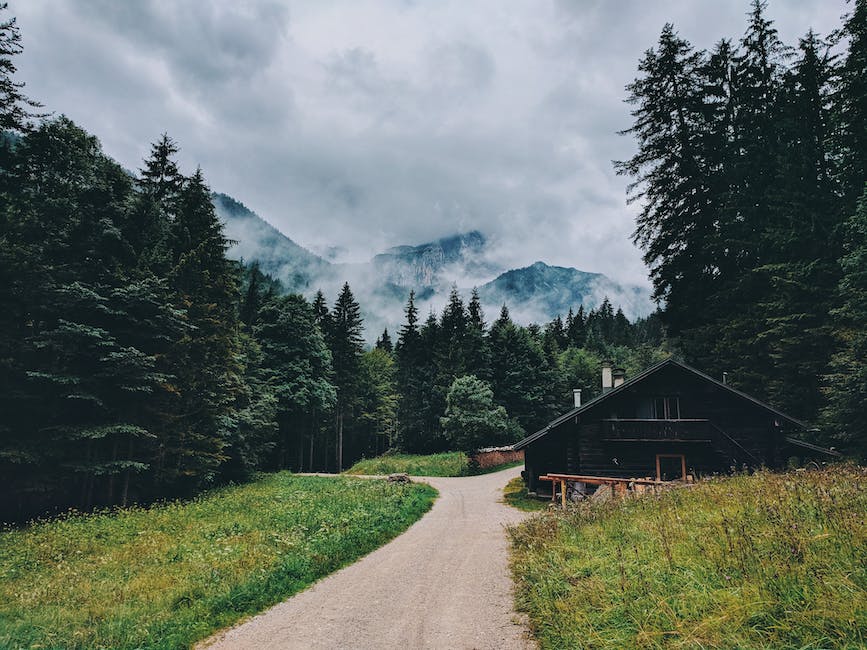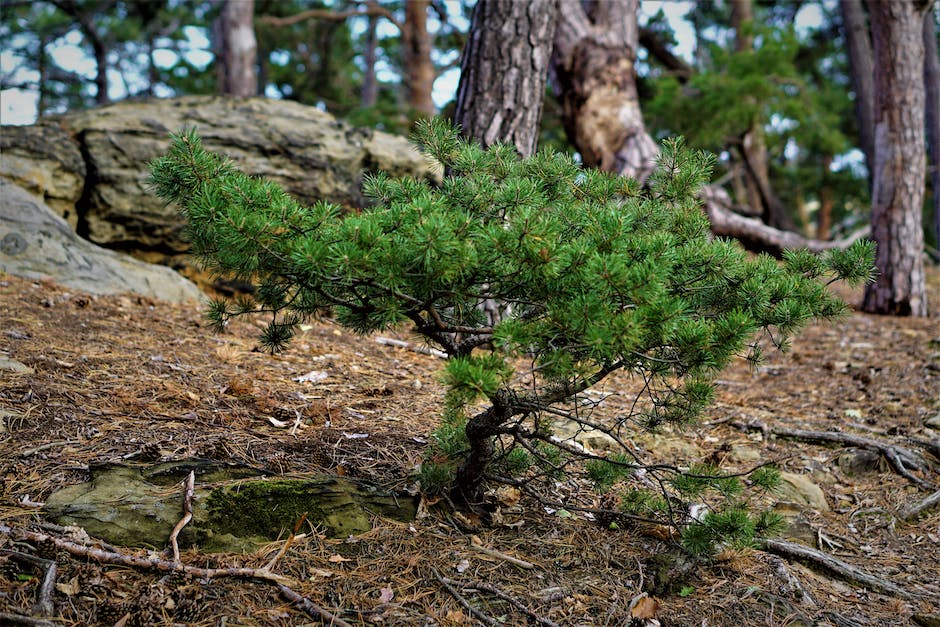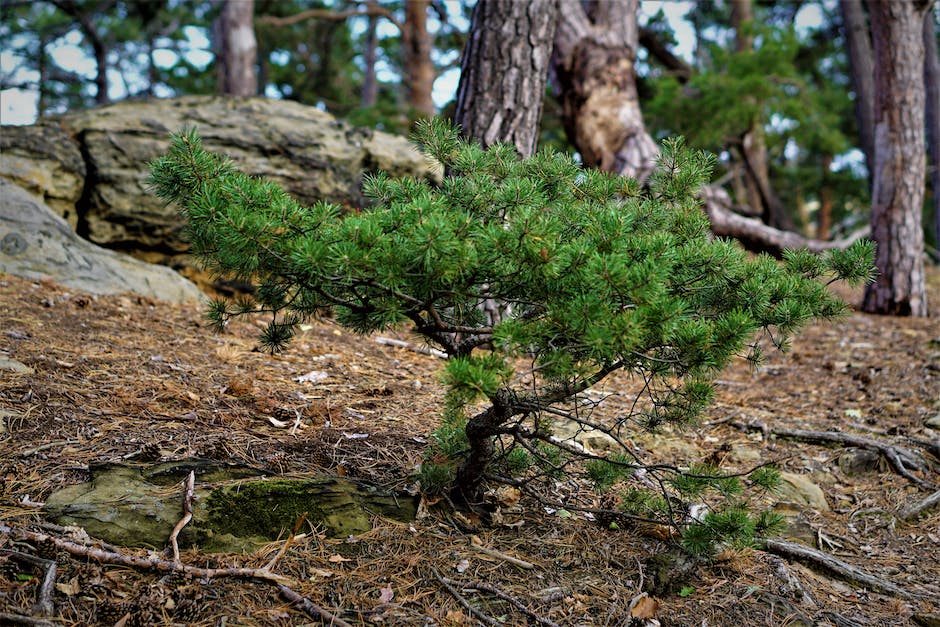You may have noticed that evergreen trees, like pine trees, keep their needles all year long. You may also wondered why they don’t shed their needles, like other trees do in the fall. Well, evergreen trees do shed their needles, but they do it a little bit at a time throughout the year.
Pine trees do not shed needles all year.
What month do pine trees lose their needles?
Needles that are going to drop start turning yellow as early as late August. By mid-September these needles turn brown and begin falling from the tree.
Pine trees are evergreen and will not get rid of their needles. However, they may brown from time to time. If this happens, it may be a sign that your tree needs help.
How long do pine trees drop needles
Pines and other conifers are generally called evergreens because their needles do not fall off and they stay green throughout the year. However, the needles on these trees only last for two to four years before they need to be replaced. New needles are produced every spring and summer to keep the tree looking green and healthy.
The easiest way to stop your tree dropping its needles is to buy the freshest tree possible. Water is the key to keeping the needles on your Christmas tree. A spoonful of sugar in the water will help keep the tree fresh and the needles on. Remember, if you always suffer from Christmas tree needle drop, look at buying a different variety of tree.
Why is my pine tree dropping so many needles?
Needles of conifers have varying life spans and do not remain attached indefinitely to the tree. Many evergreen needles, as they age, will turn yellow, then brown, and drop off after one to several years. This is a normal part of the plant’s cycle and is nothing to be concerned about.
Although longleaf pines do retain some needles year-round, in years with normal rainfall individual bundles of needles generally remain on the tree for two growing seasons and are shed in the fall. This allows the trees to conserve water and protect themselves from cold weather.
What does a dying pine tree look like?
If you notice your pine tree needles turning brown, yellow, or grayish-green, this may be a sign that your pine tree is dying and requires immediate care. If you see this happening on one side or section of the tree, it is likely that the tree is not getting enough water or nutrients in that area, and you should take steps to correct the issue. If you see the discoloration happening throughout the tree, it could be a sign of a more serious issue, such as a disease, and you should consult with a tree expert to determine the best course of action.
You can increase drainage by adding more holes to the bottom of your pot and taking measures to prevent pines from standing in water. If the tree is young, you may be able to trim the rotted roots away from the plant. Proper watering should allow this condition to correct itself over time, though the browned needles will never re-green.
Why do pine needles turn brown and fall off
Many conifers are subject to needle drying and winter burn during the winter. The most common symptom of winter burn is brown or red foliage on the exposed (often south) side of the tree. Winter burn can be prevented by maintaining proper moisture levels in the soil, providing adequate drainage, and protecting the trees from direct winter sun and wind.
Pine and fir needles, as well as fallen branches and pine cones, can be a fire hazard. It is important to rake them off of hard surfaces such as pavement, decks, rooftops, gutters, and gravel-covered surfaces, and to remove them from the soil within 30 feet of all structures. This will help to prevent a fire from starting and spread.
How do you know when a pine tree is going to fall?
If you see your pine tree leaning noticeably to one side, there are cracks in its trunk or roots, dead branches, or fungus growth, it may be falling. Another warning sign is if there is a cavity in the trunk or roots, or if the soil around the base of the tree is displaced.
Although established trees usually recover from Needle Cast, the affected needles will not turn green again.
Do pine trees ever stop shedding
Evergreen conifers shed needles each year, but when it happens and how many needles are dropped varies by conifer species. Norway spruce and eastern white pine, for example, shed their needles in the fall. On the other hand, fir trees keep their needles for two to three years before shedding them in the spring or summer.
When examining pine needles for signs of disease, look for brown spots or brown stripes. If you see any brown clumps in the center of the needle, that could be a sign of disease.
What is the lifespan of a pine tree?
Pines are long lived and typically reach ages of 100–1,000 years, some even more. The longest-lived is the Great Basin bristlecone pine (P longaeva). One individual of this species, dubbed “Methuselah”, is one of the world’s oldest living organisms at around 4,800 years old.
This disease is caused by tiny worms called pinewood nematodes and beetles called sawyers. These insects work together to discolor and kill pine trees. This disease can spread quickly, so it’s important to be aware of the signs and symptoms. If you think your pine tree may be affected, contact a professional tree care company for an assessment.
What does an overwatered pine tree look like
If you see that the area around the bottom of the tree is always wet, you may be overwatering the tree. Take a look at new growth around the base of the tree as a good indicator of this. If new growth withers before it’s fully grown or becomes slightly yellow or green, there is too much water present.
Pine trees are known for their large lateral branches and shallow root systems. Applying a pine tree fertilizer in addition to regular watering and pruning can help keep these trees healthy and stress-resistant. This is especially important in areas where insect and disease pressure is high.
What color are dead pine needles
As autumn arrives and days grow shorter, trees begin to prepare for winter by shedding their leaves. For many trees, this process begins with the needles turning yellow. Soon after, the needles will turn a reddish-orange or brown color before finally falling off. Depending on the tree, the shedding process can last for several weeks.
While most trees will lose some of their needles each year, there can be a lot of variation in the amount of needle shed. Even within the same property or general area, some trees may lose a lot of needles while others only shed a few. Ultimately, the amount of needle shed is determined by the tree’s species and individual health.
If you’re looking to vacuum up pine needles, it’s best to avoid using a standard vacuum cleaner. The needles are sticky and tend to build up in the tube, which can cause a blockage before they even reach the vacuum bag or canister.
Final Words
Pine trees often shed their needles in the fall as a means of self-preservation. The process, called abscission, helps the tree to conserve energy and resources during the winter months.
Pine trees do not shed needles all year. Needles fall off in the fall and new growth occurs in the spring.
Mark Hoffman is a dedicated arborist and tree care specialist with over a decade of experience. His love for trees began when he visited Yosemite National Park as a teenager and was awestruck by the giant sequoias. Mark pursued his passion by studying forestry at Michigan Technological University, where he earned a Bachelor of Science degree.
Since then, he has worked tirelessly in the field of arboriculture, helping to preserve and protect trees in his community. His expertise and dedication have made him a respected leader in the industry and a valuable resource for anyone seeking advice on tree care.
